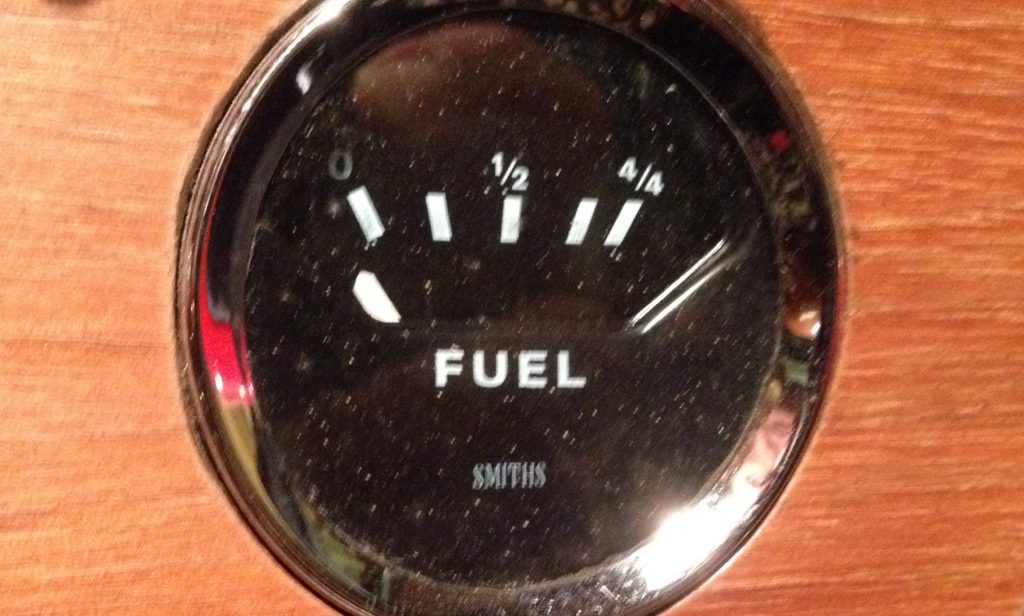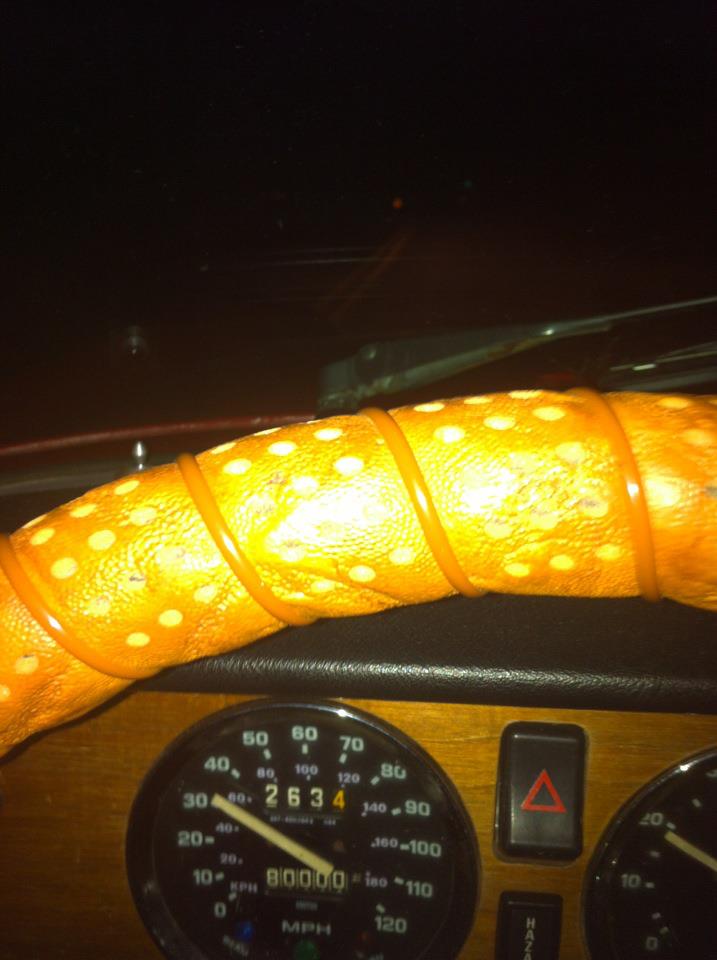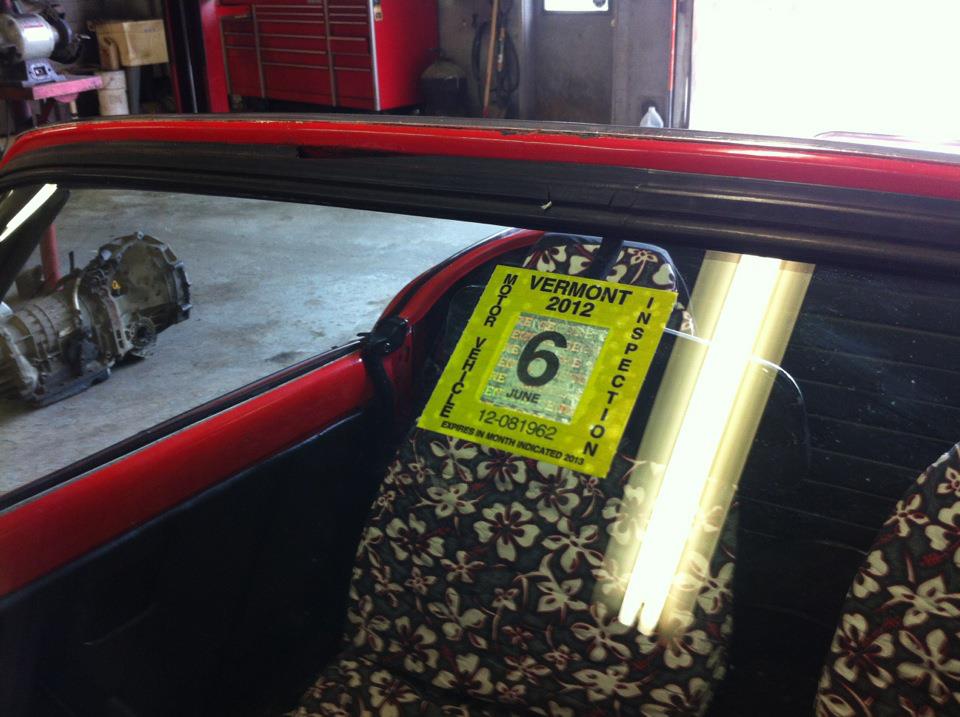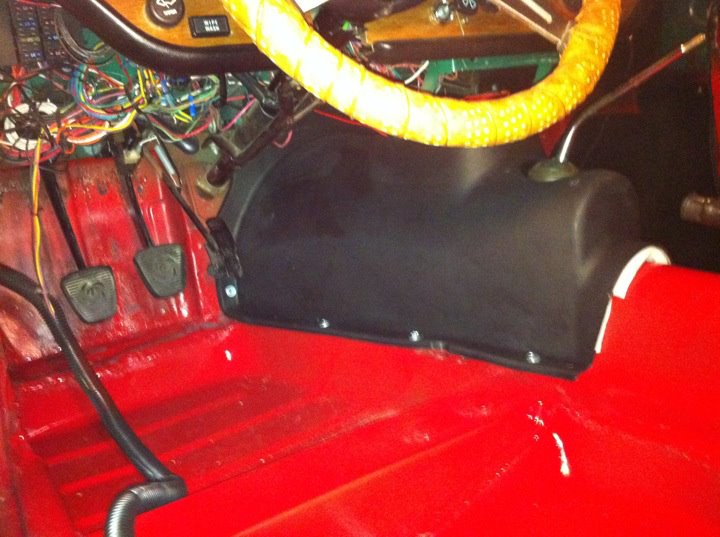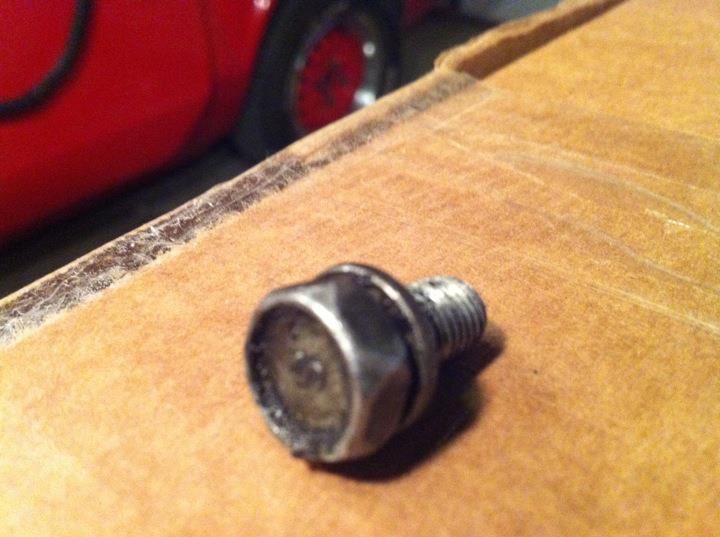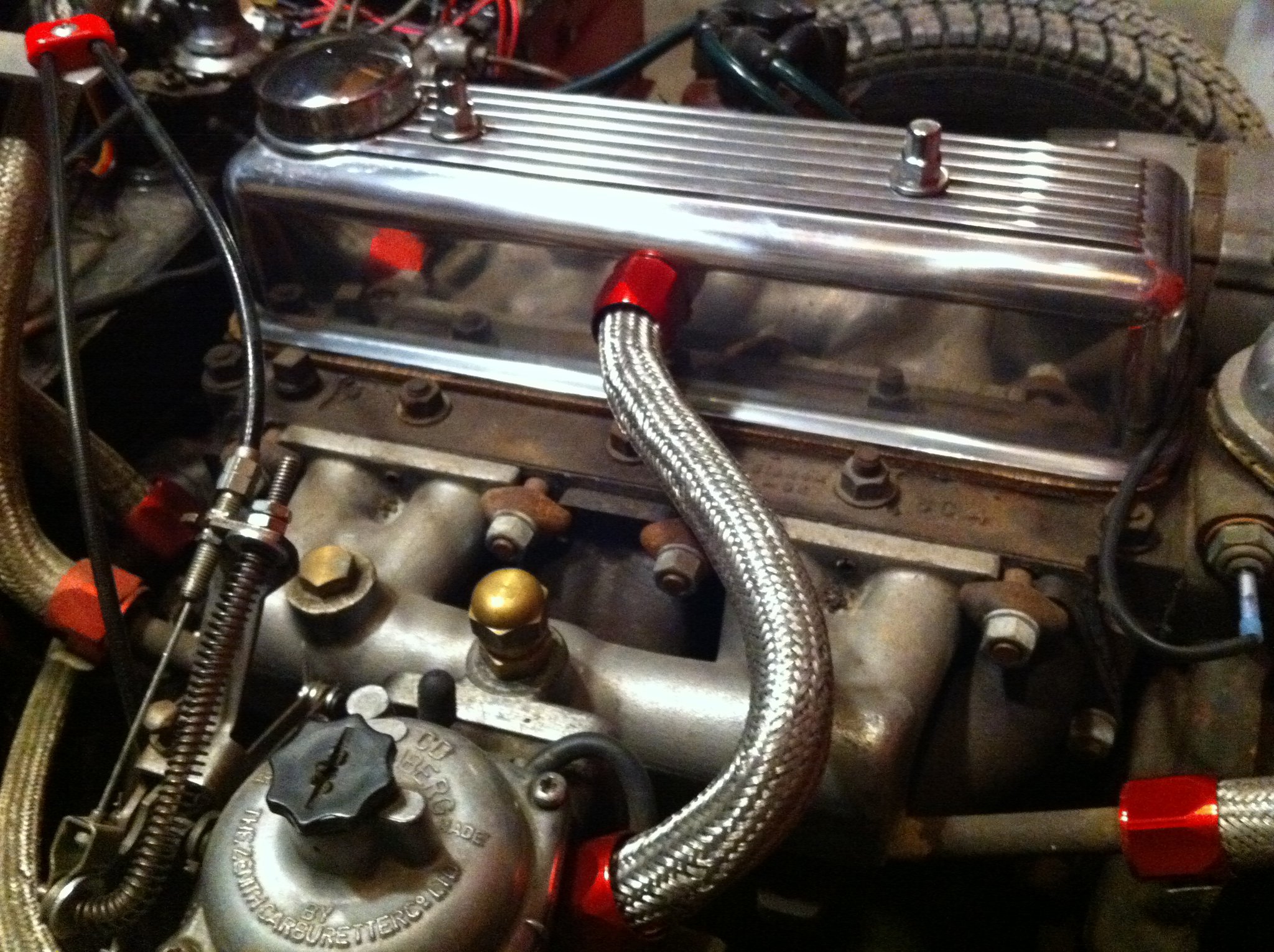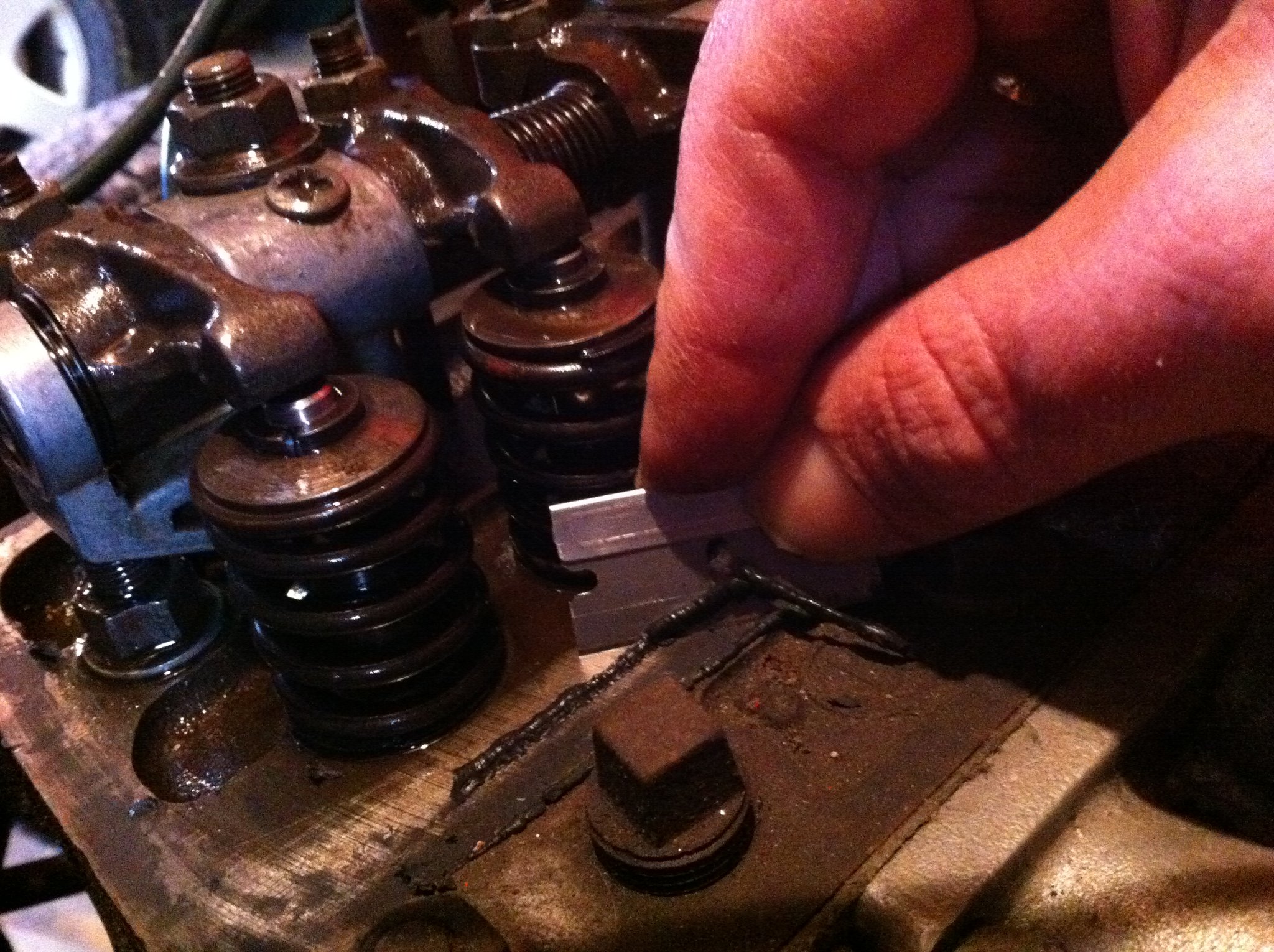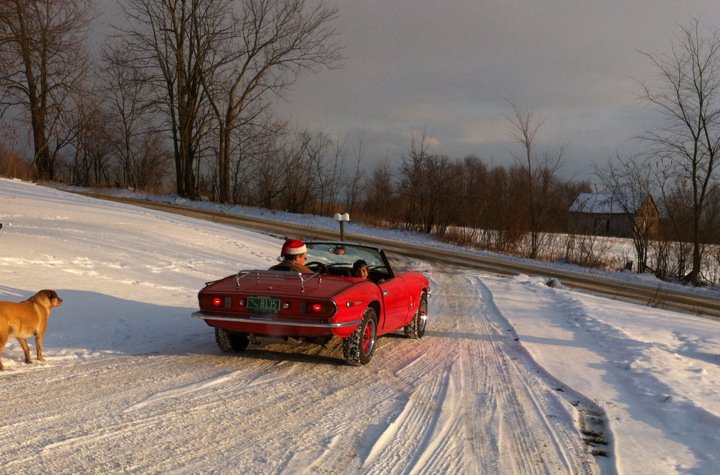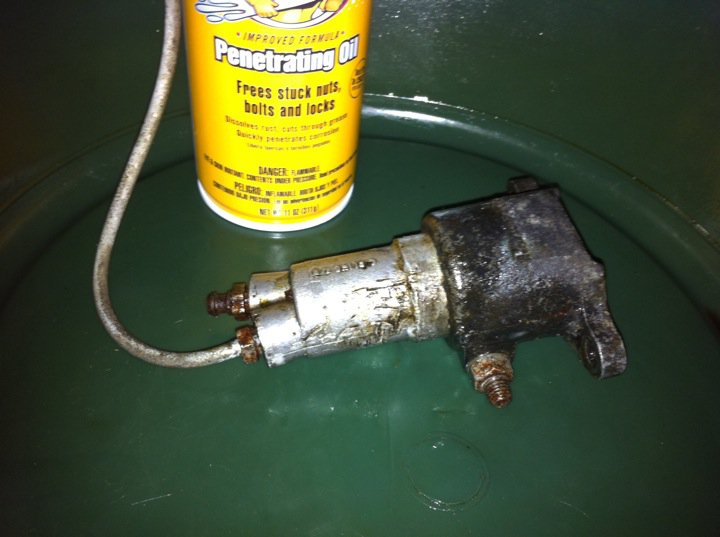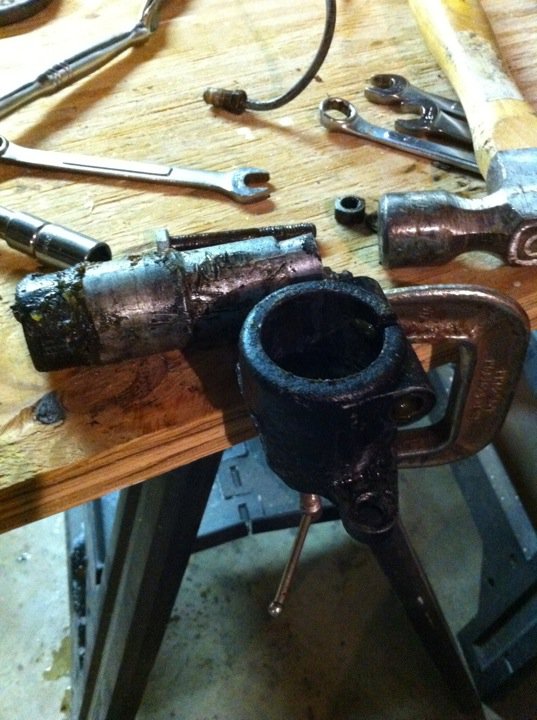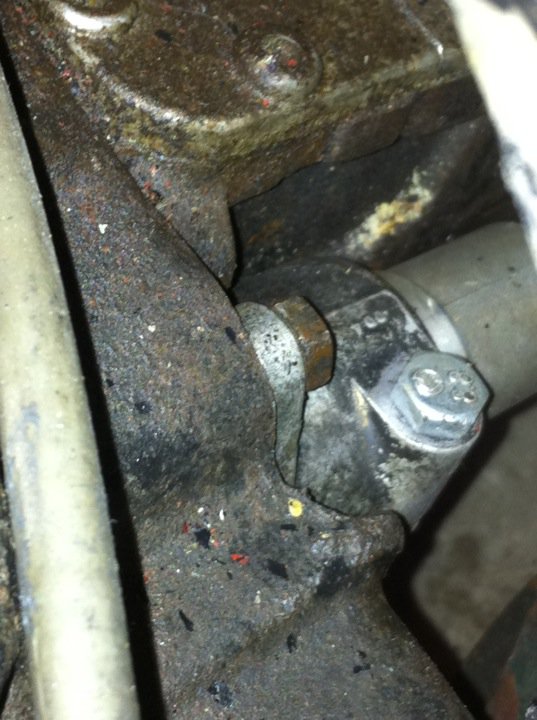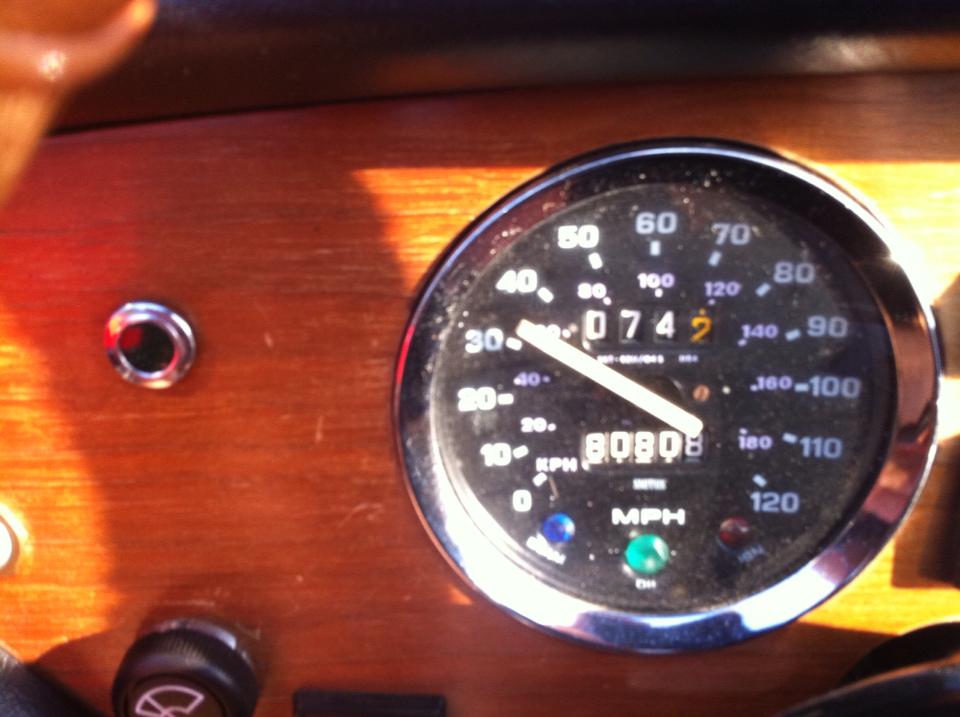
Harkening back to its 1970’s roots, the Spitfire is back on the road after running outta gas for the first time. Had to be rescued by my Hawaiian missus (mahalo!) toting a gas can – whereupon being resuscitated, the Spitfire had this Palindromic Hawaiian Odometer Moment.
Also, now know that the graduated marking on the venerable (if not trusty) old Smith’s gas gauge (the distance between marks gets larger for the lower readings) is inversely proportional to how quickly the gas is consumed: under spirited driving conditions, that last 1/8th of a tank goes by almost as quick as you can say “Blimey! How far is it to that gas station” and “Do I have cell coverage here?”. Apart from some colorful language, this was also a valuable teachable moment for more 8yo son in the passenger seat, regarding how engines work (and don’t).


